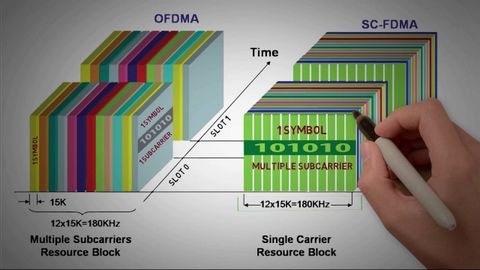
字幕與單字
4 - OFDMA/SC-FDMA第2部分 - 4G(LTE)的基本原理。 (4 - OFDMA/SC-FDMA Part 2 - Fundamentals of 4G (LTE))
00
flyinmars 發佈於 2021 年 01 月 14 日收藏
影片單字
average
US /ˈævərɪdʒ, ˈævrɪdʒ/
・
UK /'ævərɪdʒ/
- n. (c./u.)平均
- v.t.算出...的平均數
- adj.平均的;一般的,通常的;中等的
A2 初級多益中級英檢
更多 使用能量
解鎖所有單字
解鎖發音、解釋及篩選功能
